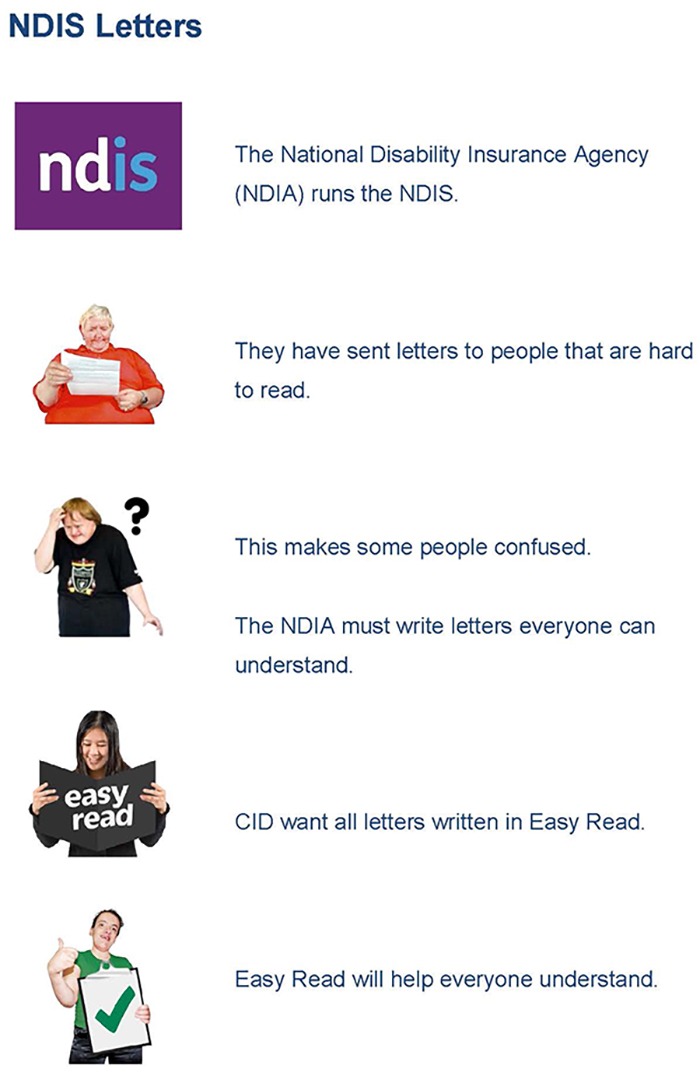
NDIA Communications clear as mud
Note to the National Disability Insurance Agency: The way to reassure people with intellectual disability that your communications are going to get simpler, clearer and more accessible is not to send them a complex, convoluted letter.
An Easy Read version of this blog is available at the bottom of this page.
Participants involved in the National Disability Insurance Scheme were recently sent a letter that acknowledged the way the government body engaged with its stakeholders had left a lot to be desired. It explained that measures were being put in place to ensure improvements in the participant and provider experience, including communications.
Conveying this message took 738 words, including a 58 word sentence as the introductory paragraph. The two page letter used long, complex words and phrases such as “unequivocally committed”, “acting expeditiously” and “outcomes driven approach” and was printed in a small font. They may as well have sent a dissertation on the laws of physics.
Here is how the letter starts:
Dear Participant,
The Board and Executive Management team of the national Disability Insurance Agency (NDIA) wish to provide information to the Scheme’s existing and potential participants, their families, carers and providers regarding major work that is underway to deliver a significantly upgraded quality of participant and provider experience in a way that remains consistent with maintaining the scheme’s financial sustainability.
Here is what the letter looked like:

No excuses
More than 60 percent of NDIS participants have intellectual or cognitive disability, a fact the agency is well aware of. There are no excuses. Information for people with intellectual disability must be printed in Easy Read, a writing style that uses everyday words, in short sentences with minimal punctuation, and pictures to reinforce meaning. The NDIA has been told this repeatedly through its consultations with people with intellectual disability.
If the intention of the letter was to reassure, it had the opposite effect. Recipients who contacted NSW CID feared that the elusive meaning of the correspondence was that they were going to be given less support. Others were concerned that it was saying the roll out of the scheme was going to take longer. Even professionals within the sector had to read through the letter several times to grasp what was being said.
“I don’t understand this letter, and I don’t know what to do with it,” one of our members told us.
The time is now
While it may sometimes seem politically prudent to choose nuance over clarity when discussing performance to protect an agency’s reputation, such decisions come with a high risk of back-fire. Nuance is useless if the price is your key messages.
NSW CID welcomes the news that the NDIA plans to improve their engagement with people receiving support from the NDIS, but when it comes to accessibility of information they need to start today.
Easy Read information




 1800 424 065
1800 424 065 














